On April 17, 2025, global financial markets are grappling with heightened uncertainty as U.S. President Donald Trump’s aggressive tariff policies disrupt trade dynamics, forcing major central banks to reassess their monetary strategies. The imposition of sweeping tariffs—25% on imports from Canada and Mexico, 10% on Chinese goods (escalated to 145% in some cases), and reciprocal tariffs on other trading partners—has darkened the global economic outlook, creating a complex challenge for central banks tasked with balancing inflation, growth, and financial stability. This article provides a comprehensive analysis of how Trump’s tariffs are impacting monetary policy decisions, the dilemmas faced by major central banks, and the broader economic implications, aiming for approximately 2100 words. Drawing on recent analyses from sources like Reuters, the Federal Reserve, and J.P. Morgan, it explores the global central banking response to this tariff-induced turmoil.
The Tariff Shock: A Global Economic Disruptor
Since taking office, President Trump has escalated his “America First” trade agenda, leveraging tariffs to protect U.S. industries, reduce trade deficits, and address national security concerns tied to migration and drug flows. Key actions include:
- March 4, 2025: A 25% tariff on imports from Canada and Mexico (10% for Canadian energy) and a doubled 10% levy on Chinese goods, with a one-month reprieve for goods under the United States–Mexico–Canada Agreement (USMCA).
- March 12, 2025: A 25% tariff on major exporters, including steel and aluminium, with a 200% rate on Russian aluminium, as reported by Bloomberg.
- April 2, 2025: A universal 10% tariff and reciprocal rates up to 54% against China, raising the effective U.S. tariff rate by 25% to an average of 27% on imports—the largest increase in over a century, according to Peterson Institute for International Economics.
These measures, enacted under the International Emergency Economic Powers Act (IEEPA) and Section 301 of the Trade Act of 1974, have triggered retaliatory tariffs from trading partners, including China’s 125% duties on U.S. goods and Canada’s planned tariffs on over $100 billion of American products, as noted by Reuters. The resulting trade tensions have sent markets tumbling, with the S&P 500 down 12% since its post-inauguration peak and U.S. equity futures dropping over 3% after the April 2 announcement, per CNBC.
Central banks face a “perfect trap” of stagflation—higher inflation from tariff-induced price increases and slower growth from reduced trade and investment. As highlighted in posts on X, this creates policy paralysis: central banks cannot hike rates into economic weakness nor cut rates amid rising inflation. This article examines how 10 major developed-market central banks are navigating this headache.
The Federal Reserve: Caught in a Stagflation Dilemma
The U.S. Federal Reserve, led by Chair Jerome Powell, faces a particularly tricky position. Tariffs act like a consumption tax, raising import prices and potentially adding 0.5–2.2 percentage points to core PCE inflation, depending on the tariff scope, according to J.P. Morgan. For instance, a 25% tariff on Canada and Mexico combined with a 10% tariff on China could add 0.8 points to core inflation, while a proposed 60% tariff on China and 10% on the rest of the world could push it higher, per estimates from the Peterson Institute.
This inflationary pressure complicates the Fed’s recent pivot to a dovish stance. In December 2024, the Fed cut rates by 25 basis points to a 4.25–4.5% range, signalling a cautious approach amid slowing growth. However, with tariffs driving up prices, the Fed may need to pause rate cuts or consider hikes, risking a deeper economic slowdown. Goldman Sachs estimates a 0.4–0.9% GDP reduction by 2027 due to tariffs, with consumer prices rising 1–2%, as reported by Reuters.
The Fed’s dual mandate—price stability and maximum employment—is under strain. Unemployment, at 4.1% in March 2025, could rise if tariffs disrupt trade-dependent industries, while inflation, already above the 2% target at 2.8% (core PCE), may accelerate. Posts on X suggest the Fed might tolerate higher inflation to avoid stifling growth, but markets expect tighter policy, with bond yields climbing to 4.6% on 10-year Treasuries, per Bloomberg.
European Central Bank: Balancing Growth and Inflation
The European Central Bank (ECB) faces a similar dilemma as tariffs threaten the Eurozone’s fragile recovery. Europe, heavily reliant on exports, is vulnerable to U.S. tariffs, particularly on German autos and French luxury goods. A 10% U.S. tariff could shave 0.2–0.5% off Eurozone GDP by 2026, according to ING Economics. Retaliatory tariffs from the European Union, targeting U.S. products like bourbon and Harley-Davidson motorcycles, risk escalating trade tensions.
The ECB, under President Christine Lagarde, cut rates to 3.25% in March 2025, aiming to support growth amid a projected 0.9% GDP expansion. However, tariff-driven inflation, potentially adding 0.3–0.7 points to HICP (Eurozone inflation), complicates this stance. Eurozone inflation, at 2.3% in March, could breach the ECB’s 2% target, forcing a pause in rate cuts. The euro has weakened 5% against the dollar since January, per XE, raising import costs and adding to inflationary pressures.
The ECB’s challenge is compounded by divergent economic conditions across member states. Germany, facing a manufacturing slowdown, needs stimulus, while southern economies like Italy grapple with higher inflation. Posts on X highlight fears of a “tariff war” derailing the ECB’s neutral rate path, with markets pricing in a 50% chance of a rate hike by September 2025, per Reuters.
Bank of Japan: Defending the Yen Amid Trade Tensions
The Bank of Japan (BOJ) is under pressure as tariffs exacerbate Japan’s economic vulnerabilities. A 10% U.S. tariff on Japanese exports, including autos, could reduce GDP by 0.3%, per Nomura. Japan, a trade-dependent economy, faces additional strain from China’s retaliatory tariffs, which hit Japanese electronics and machinery.
The BOJ, led by Governor Kazuo Ueda, ended negative interest rates in 2024, raising the policy rate to 0.25% to combat yen weakness and inflation. However, the yen has depreciated 8% against the dollar since January 2025, per XE, driving import costs higher. Core CPI, at 2.6% in March, exceeds the BOJ’s 2% target, fueled by tariff-related price increases.
Tariffs pose a dual threat: inflation from higher import costs and growth risks from reduced exports. The BOJ may need to tighten policy to defend the yen, but this could stifle domestic demand, already weak at 0.7% GDP growth. Posts on X suggest the BOJ might intervene in currency markets if the yen falls below 155 to the dollar, a level breached in March, per Bloomberg.
Bank of Canada: Caught in Cross-Border Tensions
The Bank of Canada (BOC) faces acute challenges from the 25% U.S. tariff on Canadian imports, given that 75% of Canada’s exports go to the U.S. The Canadian Chamber of Commerce estimates a 1% GDP reduction and 200,000 job losses by 2026 if tariffs persist. Canada’s retaliatory tariffs on $100 billion of U.S. goods, including energy and agriculture, risk escalating the trade war.
The BOC, under Governor Tiff Macklem, cut rates to 3.75% in March 2025 to support growth, with GDP growth projected at 1.2%. However, tariffs could push inflation, currently at 2.1%, higher by 0.5–1 point, per TD Economics. The Canadian dollar has weakened 4% against the U.S. dollar, per XE, raising import costs.
The BOC’s options are limited: raising rates to curb inflation could deepen the slowdown, while further cuts risk fueling price pressures. Posts on X highlight fears of a “lose-lose” scenario, with markets expecting the Boc to pause rate cuts in June 2025, per Reuters.
Bank of England: Navigating Brexit and Tariff Risks
The Bank of England (Boe) is grappling with tariff impacts amid post-Brexit trade challenges. A 10% U.S. tariff on U.K. exports, including whisky and cars, could reduce GDP by 0.2%, per Oxford Economics. The U.K.’s retaliatory tariffs on U.S. goods risk further trade disruptions.
The Boe, led by Governor Andrew Bailey, cut rates to 4.5% in March 2025, with inflation at 2.4% and GDP growth at 1.1%. Tariffs could add 0.3–0.6 points to CPI, pushing the Boe to reconsider its dovish stance. The pound has fallen 3% against the dollar, per XE, raising import costs.
The Boe’s challenge is to balance inflation control with growth support, particularly as Brexit limits trade flexibility. Posts on X suggest the BoE may signal tighter policy by Q3 2025, per Bloomberg.
Other Central Banks: A Global Ripple Effect
- Reserve Bank of Australia (RBA): The RBA faces tariff-related inflation risks, with a 10% U.S. tariff potentially adding 0.2 points to CPI, per Westpac. With rates at 4.35%, the RBA may pause cuts to manage inflation, currently at 2.8%.
- Swiss National Bank (SNB): The SNB is concerned about Swiss franc appreciation as a safe-haven currency, with tariffs weakening global growth. Rates at 1% may remain steady, per UBS.
- Riksbank (Sweden): The Riksbank faces export risks from U.S. tariffs, with rates at 3.25% and inflation at 2.1%. A pause in cuts is likely, per Nordea.
- Norges Bank (Norway): The Norges Bank may hold rates at 4.5% as tariffs hit oil exports, with inflation at 2.3%, per DNB.
- Reserve Bank of New Zealand (RBNZ): The RBNZ faces trade risks, with rates at 4.75% and inflation at 2.5%. A cautious stance is expected, per ANZ.
Economic and Market Implications
The tariff shock has profound implications for global markets and economies:
- Inflation Surge: Tariffs could push global inflation up by 0.5–1.5 points, per the IMF, straining central banks’ 2% targets.
- Growth Slowdown: Global GDP growth, projected at 3.2% for 2025 by the World Bank, could fall to 2.8% if tariffs escalate, with trade volumes dropping 5–10%.
- Market Volatility: Equity markets are under pressure, with the MSCI World Index down 8% YTD. Bond yields are rising, with U.S. 10-year Treasuries at 4.6%, per Bloomberg.
- Currency Shifts: The U.S. dollar has strengthened 5–8% against major currencies, per XE, complicating monetary policy for export-driven economies.
Challenges for Central Banks
Central banks face several challenges:
- Stagflation Trap: Balancing inflation control with growth support is nearly impossible, as rate hikes risk recessions and cuts fuel inflation.
- Policy Divergence: The Fed’s potential tightening contrasts with dovish stances in Europe and Japan, risking currency volatility and capital flows.
- Trade War Escalation: Retaliatory tariffs could deepen global trade disruptions, forcing central banks to react to unpredictable shocks.
- Communication Risks: Central banks must signal policy shifts carefully to avoid market panic, as seen in the S&P 500’s 12% drop.
Opportunities for Adaptation
Despite the challenges, central banks have opportunities to adapt:
- Forward Guidance: Clear communication can stabilise markets, as the ECB’s Lagarde has emphasised, per Reuters.
- Flexible Tools: Non-rate tools, like the BOJ’s yield curve control or the Fed’s balance sheet adjustments, can address specific pressures.
- Coordinated Response: While unlikely, G20 coordination, as suggested by the IMF, could mitigate trade war impacts.
- Domestic Stimulus: Central banks in export-heavy economies can focus on domestic demand to offset trade losses.
Conclusion
Trump’s tariff policies have unleashed a “tariff headache” for major central banks, forcing the Federal Reserve, ECB, BOJ, BoC, and others to navigate a stagflationary trap. With inflation rising 0.5–2.2 points and global GDP growth at risk, central banks face policy paralysis, unable to hike rates into weakness or cut amid price pressures. The S&P 500’s 12% drop and rising bond yields reflect market unease, while currency shifts complicate the outlook.
Central banks must balance short-term stability with long-term growth, leveraging forward guidance and flexible tools to mitigate impacts. As trade tensions escalate, the ability of central banks to adapt to this tariff-induced turmoil will shape global economic outcomes. For investors, the environment demands caution, with opportunities in defensive assets and currencies like the U.S. dollar, per J.P. Morgan.
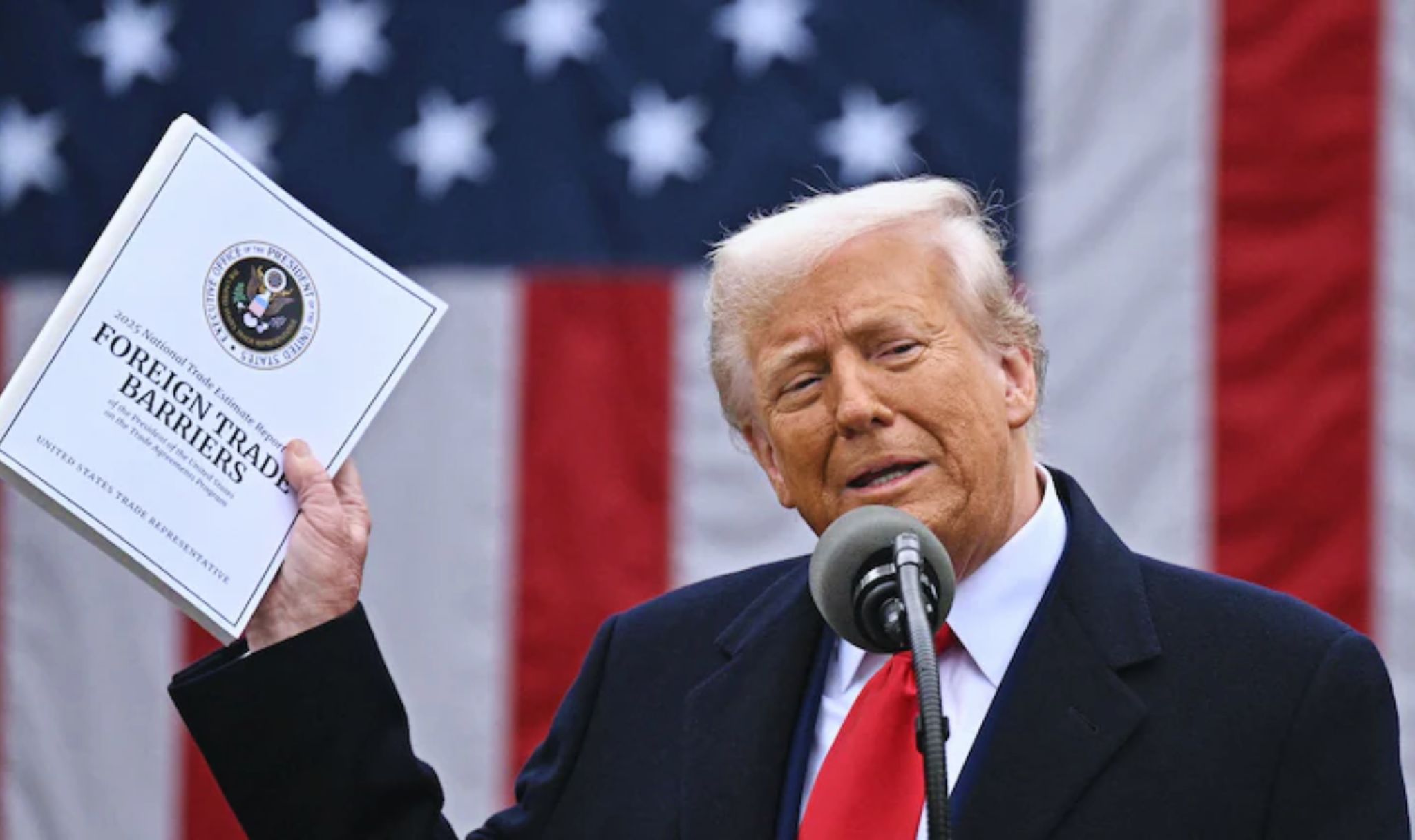


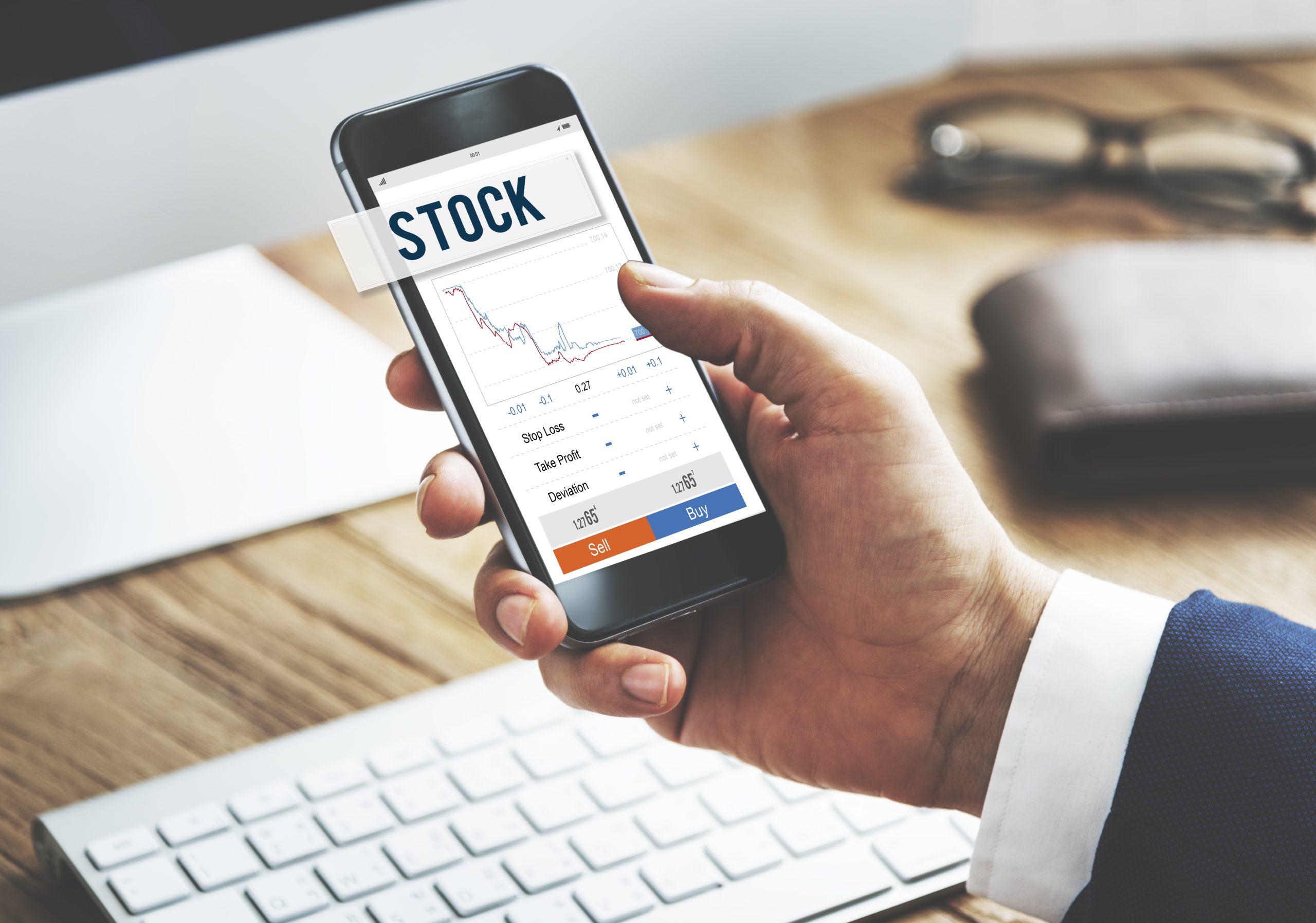
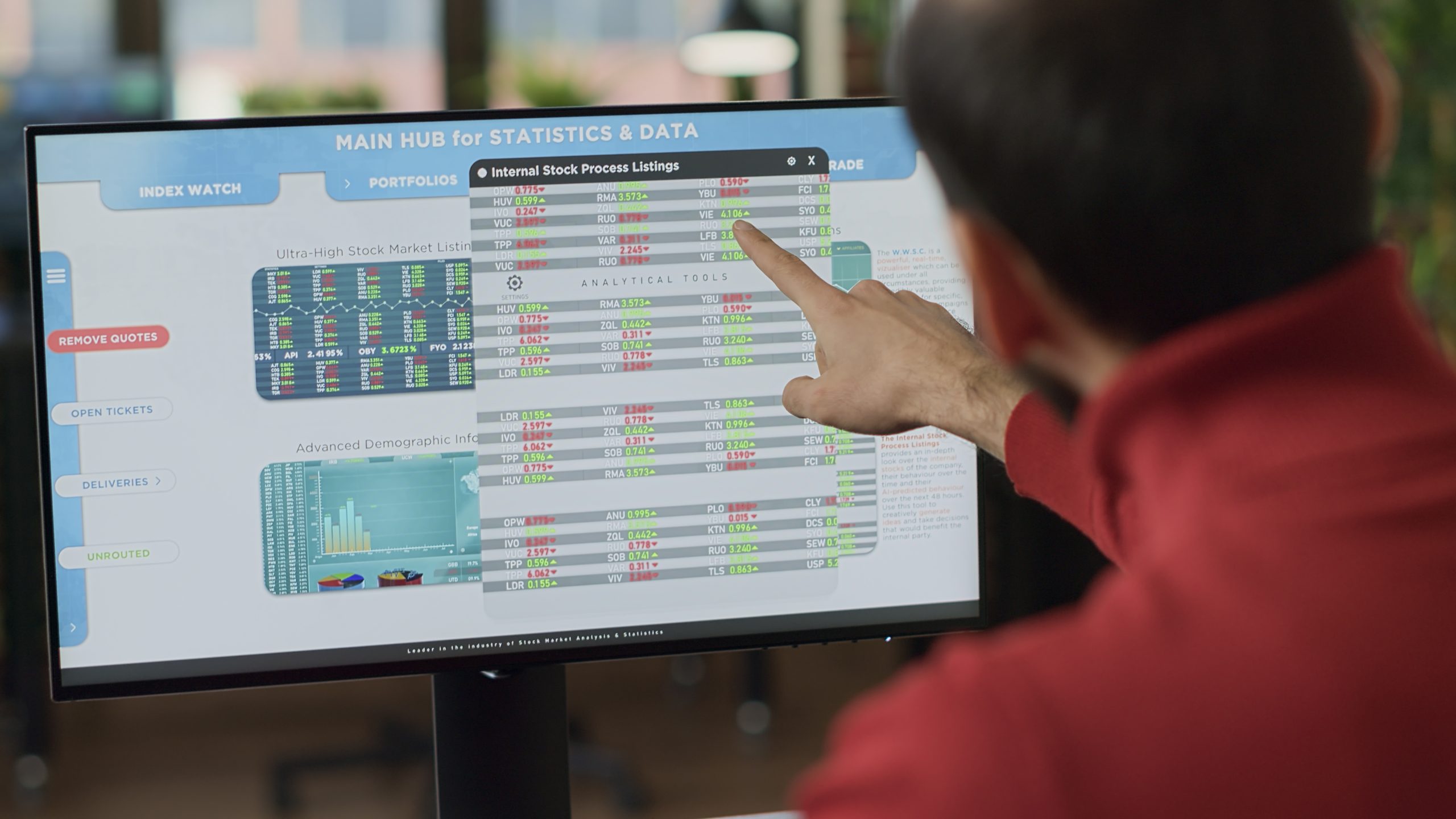


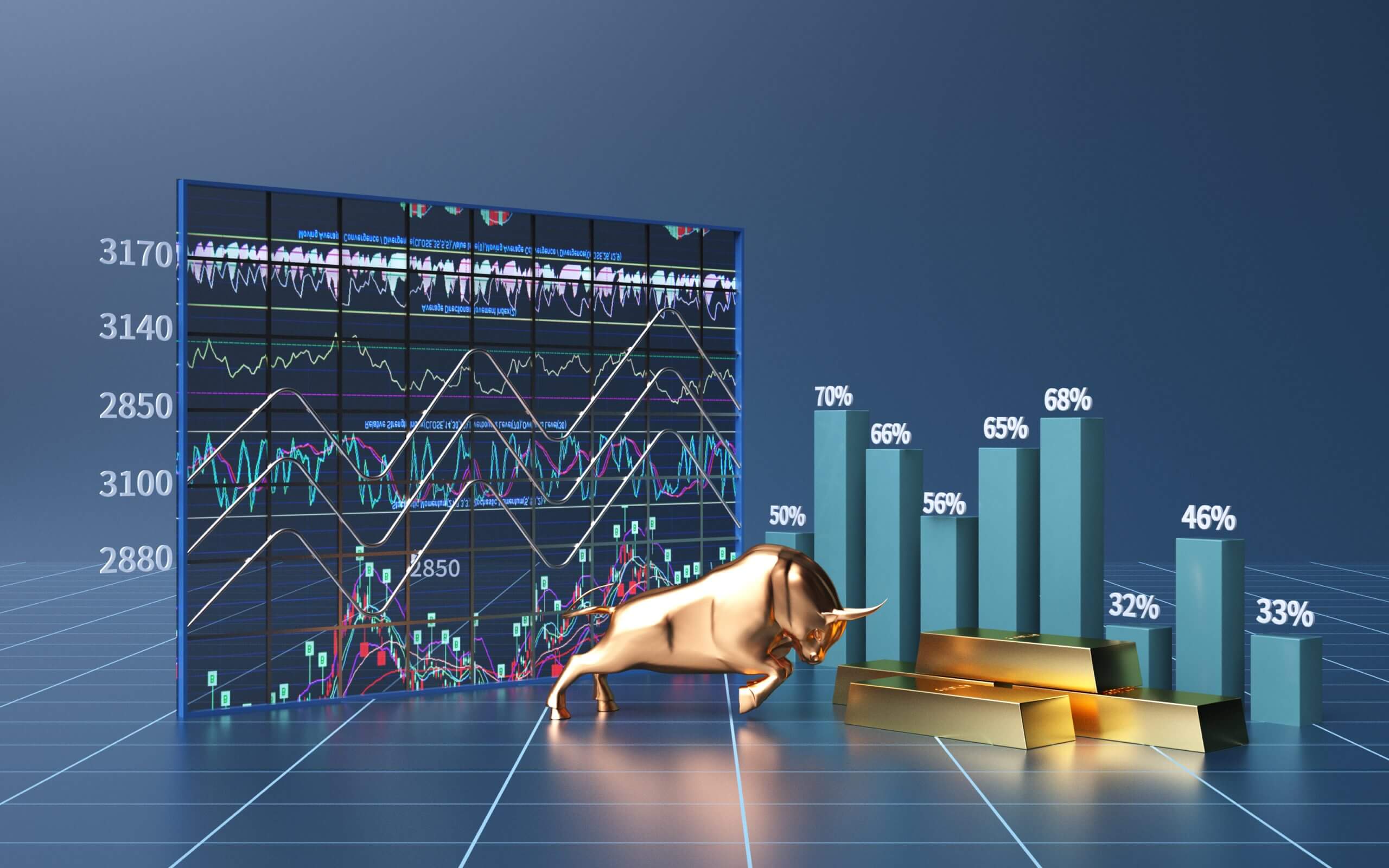


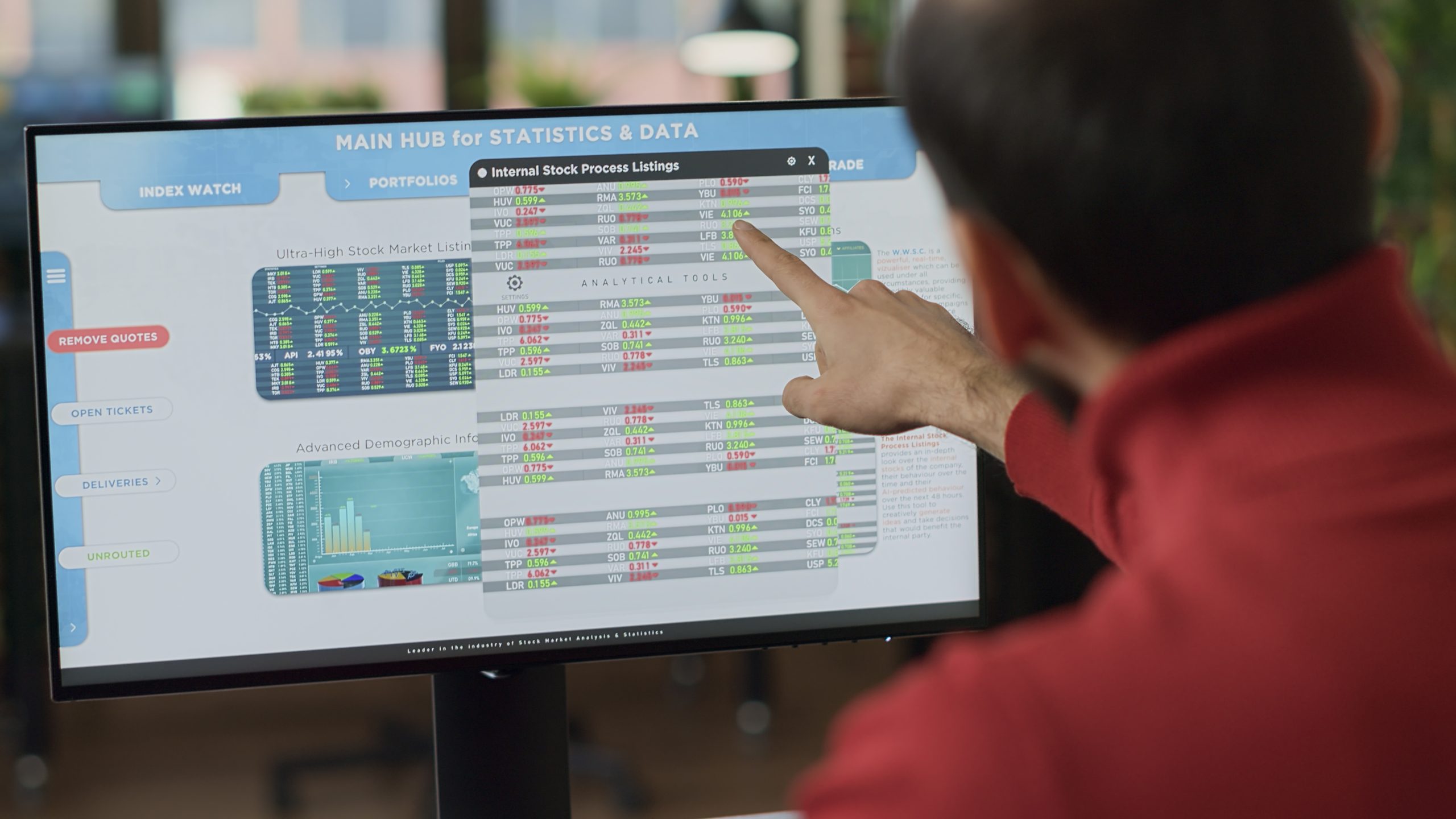




0 Comments